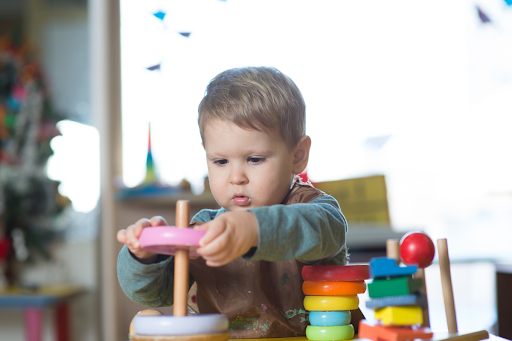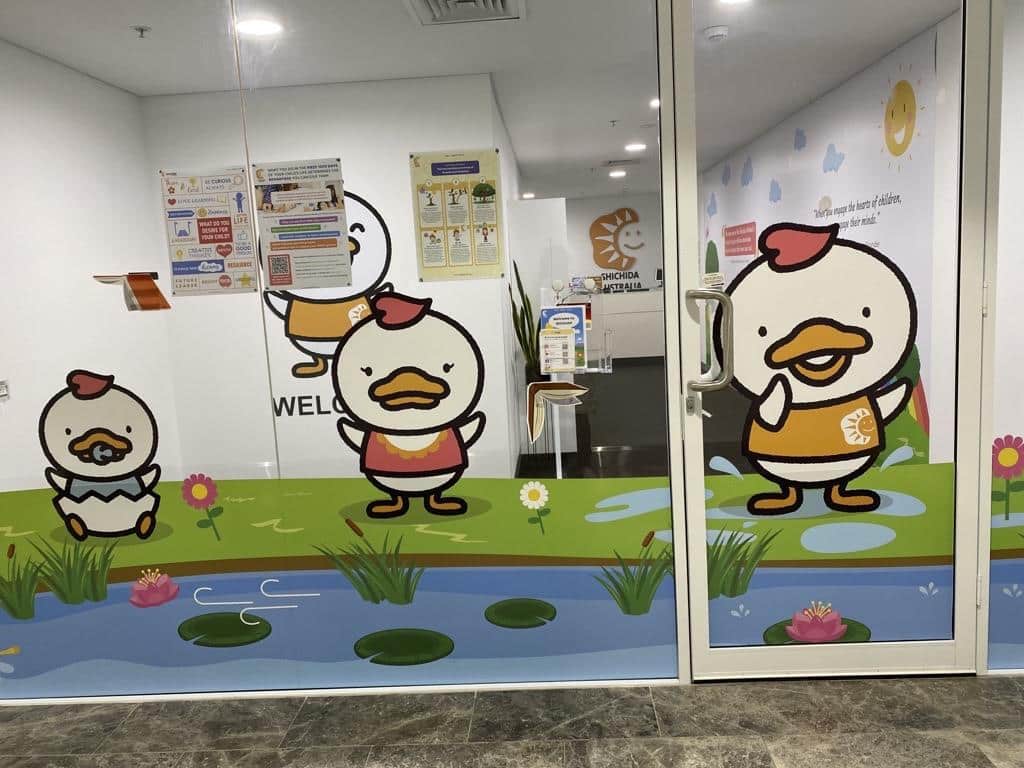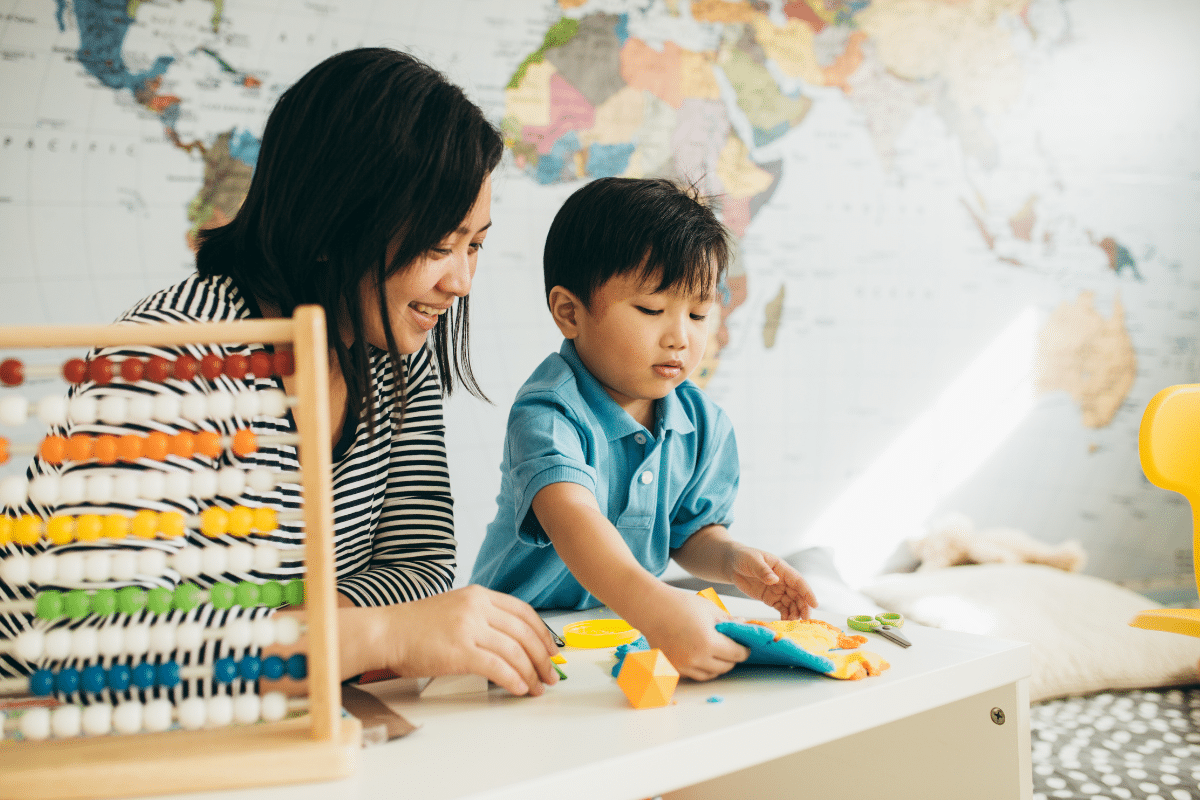
Early Childhood Development Methods: Shichida vs Heguru
Choosing the right approach in early childhood education plays a crucial role in shaping your child’s intellectual and emotional development. Two popular methodologies that unlock the potential of a child’s brain are the Shichida Method and the Heguru Method. Both approaches have earned global recognition for their unique brain-training techniques, but they also differ in key areas. In this article, we explore the core elements of the Shichida and Heguru teaching methods, equipping parents with the information needed to make an informed decision.
Table of Contents
The Shichida Method: Balanced Brain Development
Professor Makoto Shichida developed the Shichida Method in 1958, grounding it in over 60 years of research on whole-brain development. Shichida trains both the right and left hemispheres of the brain through a blend of creative and logical exercises. This method recognises the importance of nurturing not just a child’s intellectual capabilities, but also their emotional well-being.
Core Components:
- Right-Brain Training: Through flashcards, memory games, and creative visualisation activities, Shichida stimulates creativity, intuition, and photographic memory.
- Left-Brain Training: Puzzles, phonics, and maths exercises foster logical reasoning and language skills, creating a balanced approach.
- Memory Development: Shichida uses rapid image recall techniques and memory linking to improve short-term and long-term memory.
- Parental Involvement: Shichida actively involves parents in the learning process, encouraging them to participate in their child’s education and to build a nurturing, emotionally supportive home environment.
The combination of right-brain stimulation and emotional development sets Shichida apart. By enhancing both cognitive and emotional growth, Shichida offers an ideal whole brain educational program for parents seeking a well-rounded developmental approach for their children.
The Heguru Method: Accelerated Right-Brain Focus
Founded by Hirotada and Ruiko Henmi in the 1980s, the Heguru Method focuses on right-brain development, accelerating young children’s learning potential before their natural right-brain abilities start to diminish. This method emphasizes speed and efficiency, enhancing cognitive processing through rapid-paced exercises.
Core Components:
- Right-Brain Training: Heguru employs high-speed flashcards, mental arithmetic, and visualisation exercises to strengthen photographic memory, intuition, and creativity.
- Left-Brain Integration: Although primarily focused on the right brain, Heguru incorporates some logical and language skills to maintain balance.
- Memory Enhancement: Heguru activities boost a child’s ability to recall information and images quickly, promoting efficient learning and memory retention.
- Classroom Structure: Heguru relies on a structured, teacher-led classroom environment to sustain its fast-paced rhythm and maintain learning momentum.
For parents who prioritise rapid cognitive growth and photographic memory, Heguru provides a highly structured environment that maximises right-brain potential before it naturally declines in early childhood.
Shichida vs Heguru: Comparing Key Elements
Philosophical Approach:
Shichida: The Shichida philosophy is holistic, focusing on both brain hemispheres while supporting emotional and social development through strong parental involvement. This method believes every child has innate potential that can flourish through consistent right- and left-brain stimulation.
Heguru: Heguru places emphasis on right-brain development during early years, capitalising on the brain’s rapid-learning capabilities before these diminish over time. The focus remains on speed and efficiency in unlocking the brain’s potential.
Learning Environment:
Shichida: The Shichida Method encourages learning both at structured centres and at home, blending centre-based education with parental involvement. This flexibility enables a more holistic learning experience that can adapt to each child’s pace.
Heguru: Heguru is predominantly centre-based, using highly structured, fast-paced activities led by trained educators. The method relies less on at-home learning, maintaining the classroom’s high-speed pace and rhythm.
Parental Involvement in Shichida vs Heguru Teaching Methods
One of the key differences between the two methods lies in the role of the parent.
Shichida: Parents play an integral role, working as co-educators alongside teachers. This active involvement reinforces lessons at home, supporting both academic and emotional development.
Heguru: While parental support is encouraged, Heguru relies more on the structured classroom environment. Parents participate less in daily learning activities, with teachers primarily delivering the curriculum.
Practical Examples of Activities in Shichida vs Heguru Teaching Methods
While both Shichida and Heguru teaching methods emphasise brain development, their activities do differ. Below are examples of activities used in each method, providing a clearer understanding of what children might experience and how these methods promote cognitive and emotional growth.
Shichida Method Activities
The Shichida Method employs a wide variety of activities that stimulate both the right and left hemispheres of the brain while nurturing emotional development. These activities are designed to be engaging for children, ensuring that learning feels fun and interactive.
Flashcards for Rapid Image Recall: Shichida uses rapid image flashing with flashcards as a right-brain activity to boost photographic memory. The flashcards cover a wide range of topics such as shapes, colours, numbers, and animals. This activity is designed to improve visual memory and enhance a child’s ability to recall information quickly.
Memory Linking Games: Memory linking is a technique in which images or ideas are connected in a story format to enhance long-term memory retention. This exercise helps children develop their recall abilities and promotes creativity by encouraging them to form imaginative connections.
Maths and Puzzle Games: To stimulate the left brain, Shichida introduces children to maths puzzles, counting games, and logic challenges. These exercises develop analytical thinking and problem-solving skills, while also helping to boost early numeracy.
Emotional Bonding Through Play: Emotional development is a core component of Shichida, with parents encouraged to participate in interactive play that builds strong bonds. Imaginative play provides children with opportunities to understand and express their emotions, while also enhancing their communication skills.
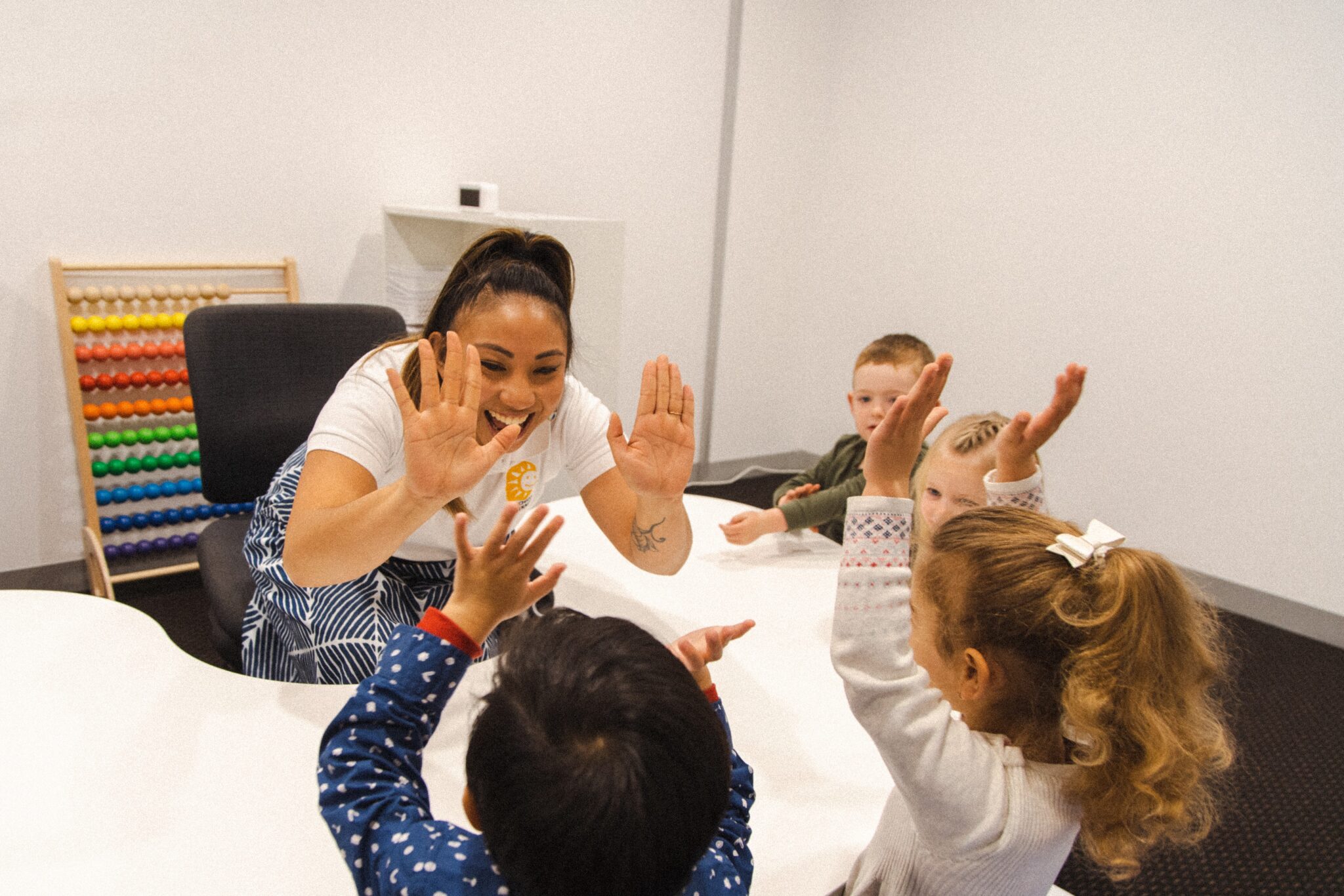
Heguru Method Activities
The Heguru Method is highly focused on rapid-paced activities that aim to train the right brain. The goal is to develop photographic memory, creativity, and quick cognitive processing, often through high-speed, structured exercises.
High-Speed Flashcards: Heguru’s flashcards are presented at a rapid pace, encouraging children to visualise and recall images quickly. This approach is designed to stimulate right-brain activity.
Mental Arithmetic and Speed Counting: Mental arithmetic is another core activity in Heguru classrooms. Children are given large numbers to calculate mentally at high speeds. This activity helps to develop focus, processing speed, and logical thinking skills.
Visualisation and Memory Recall: Visualisation exercises are commonly used in Heguru to strengthen photographic memory and spatial awareness. Children are asked to visualise a complex image or sequence and then recall it in detail, enhancing their memory and cognitive mapping abilities.
Balance and Coordination Activities: Physical coordination is also a part of Heguru’s methodology. Simple exercises that require balance, coordination, and movement are used to complement the mental training, ensuring that children are developing physically as well as cognitively.
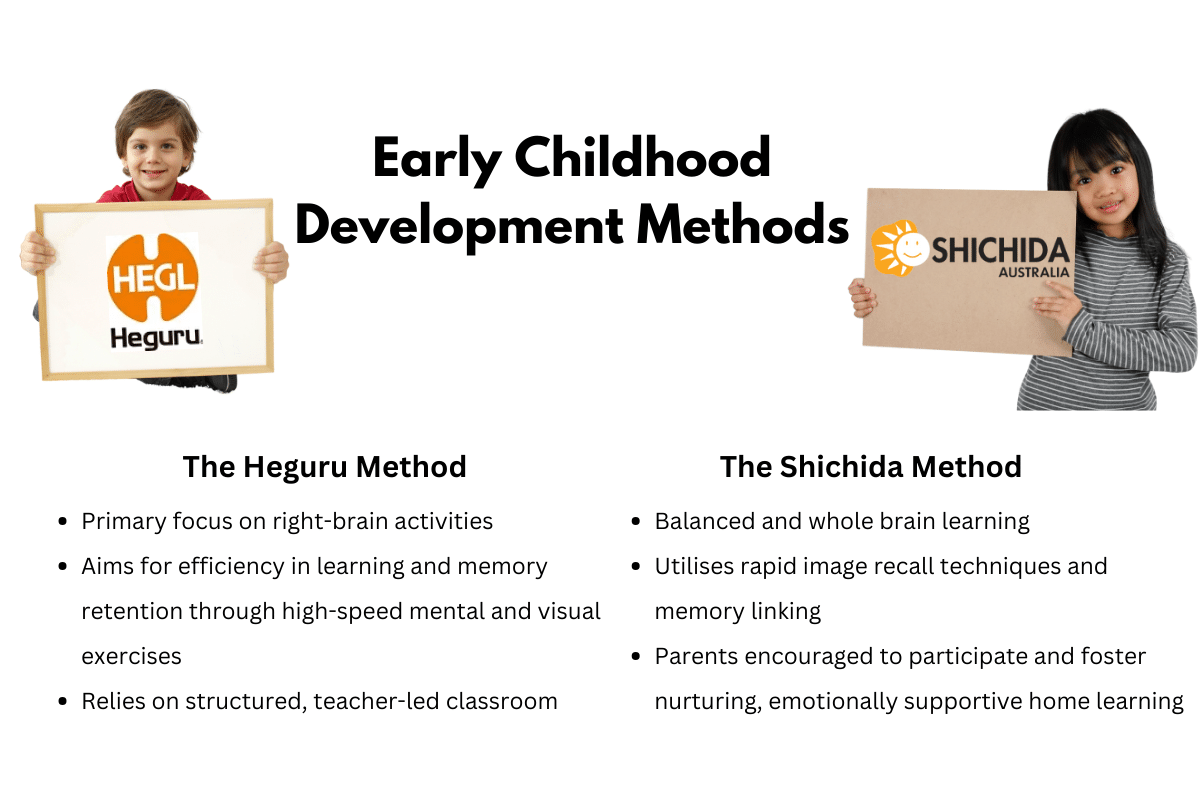
When to Choose the Shichida Method
The Shichida Method is ideal for parents looking for a balanced and holistic approach that not only enhances cognitive skills but also emphasises emotional development. If you believe in the importance of nurturing your child’s creativity, memory, and social skills from an early age, Shichida provides a well-rounded foundation. Its emphasis on whole-brain development and parental involvement makes it an excellent choice for families who want to actively participate in their child’s early education.
On the other hand, Heguru might suit families seeking a more accelerated program focused on photographic memory and high-speed learning techniques. By understanding the nuances between Shichida vs Heguru, you can choose the method that aligns with your child’s learning style and your educational philosophy.

